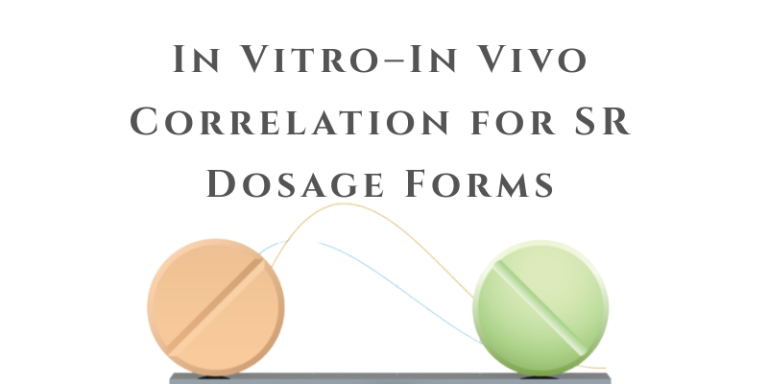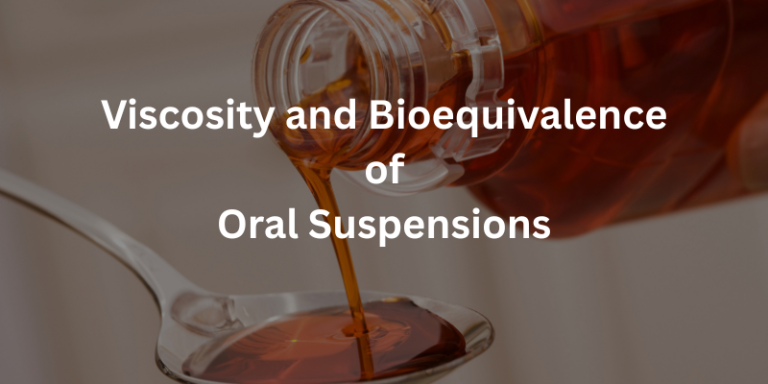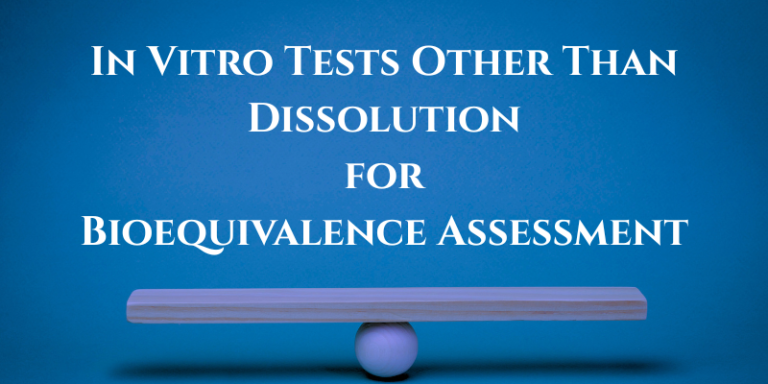In Vitro Strategies to Ensure Bioequivalence of Sustained-Release (SR) Formulations
SR formulations are designed to release the drug gradually over an extended period, making their performance highly dependent on variable GI conditions such as pH, motility, and enzymes. Therefore, a single dissolution test is insufficient.
1. MMD Testing
SR formulations must release consistently across the GI tract. Dissolution is evaluated at pH 1.2 (stomach), pH 4.5 (upper small intestine), and pH 6.8–7.5 (distal intestine). Profile comparison using the f2 similarity factor (value ≥50) helps assess equivalence with the reference product. Significant differences may suggest risks in BE performance.
2. Gel Behavior and Viscosity Profiling
Many SR products use hydrophilic matrices that form gel layers upon hydration. Measuring the viscosity of the dissolution medium over time provides indirect evidence of gel strength and formation kinetics. A similar gelation profile to the RLD supports equivalent drug release control and diffusion.
3. Residual Matrix and Mass Balance
After dissolution testing, the leftover matrix is collected, dried, and assayed for any unreleased drug. Ideally, >95% of the drug should have been released into the medium. This confirms completeness of release and ensures no loss due to polymer entrapment or formulation failure.
4. Swelling and Erosion Studies
SR formulations may rely on swelling (diffusion-controlled), erosion (matrix breakdown), or a combination. Measuring swelling index (weight gain) and erosion percentage (weight loss) gives insight into the release mechanism. Matching the swelling/erosion pattern of the RLD validates formulation design.
5. Kinetic Modeling
Mathematical models (Zero-order, First-order, Higuchi, Korsmeyer-Peppas) describe the drug release kinetics and mechanism. By comparing rate constants and R² values between test and RLD, developers can demonstrate that both products share the same release behavior, supporting regulatory claims.
6. Robustness Testing
To account for patient variability and GI conditions, robustness testing is performed by altering:
- Media volume (e.g., 500 vs. 900 mL)
- Paddle rotation speed (50 vs. 100 rpm)
- Surfactants or enzymes (to mimic fed conditions)
7. Filter Compatibility and Sampling Validation
Gel-forming SR formulations often produce viscous media or fine particulates that can interfere with dissolution sampling. Using validated low-binding filters (e.g., PVDF) and conducting recovery studies ensures accurate drug concentration measurements without adsorption or clogging issues.
8. Biorelevant and pH-Shift Dissolution Testing
Standard buffer media cannot replicate fed/fasted conditions. Therefore, biorelevant media like FaSSIF and FeSSIF simulate realistic GI fluids. Additionally, pH-shift testing mimics GI transit (e.g., pH 1.2 → pH 6.8). These approaches help predict food effects and support IVIVC development, reducing reliance on in vivo studies.
Read also:
- Biorelevant Medium Basics
- Scaled Average Bioequivalence (SABE) for Highly Variable Drugs (HVDs)
- Basic Difference Between Biosimilar and Bioequivalence
Resource Person: Moinuddin Syed. Ph.D, PMP®







